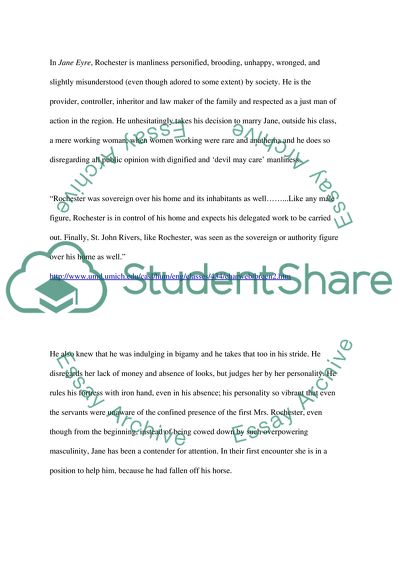Cite this document
(“Comparison of Middle-Class Masculinity in Charlotte Brontes Jane Eyre Essay”, n.d.)
Retrieved from https://studentshare.org/literature/1538269-comparison-of-middle-class-masculinity-in-charlotte-brontes-jane-eyre-and-charles-dickens-hard-times
Retrieved from https://studentshare.org/literature/1538269-comparison-of-middle-class-masculinity-in-charlotte-brontes-jane-eyre-and-charles-dickens-hard-times
(Comparison of Middle-Class Masculinity in Charlotte Brontes Jane Eyre Essay)
https://studentshare.org/literature/1538269-comparison-of-middle-class-masculinity-in-charlotte-brontes-jane-eyre-and-charles-dickens-hard-times.
https://studentshare.org/literature/1538269-comparison-of-middle-class-masculinity-in-charlotte-brontes-jane-eyre-and-charles-dickens-hard-times.
“Comparison of Middle-Class Masculinity in Charlotte Brontes Jane Eyre Essay”, n.d. https://studentshare.org/literature/1538269-comparison-of-middle-class-masculinity-in-charlotte-brontes-jane-eyre-and-charles-dickens-hard-times.


